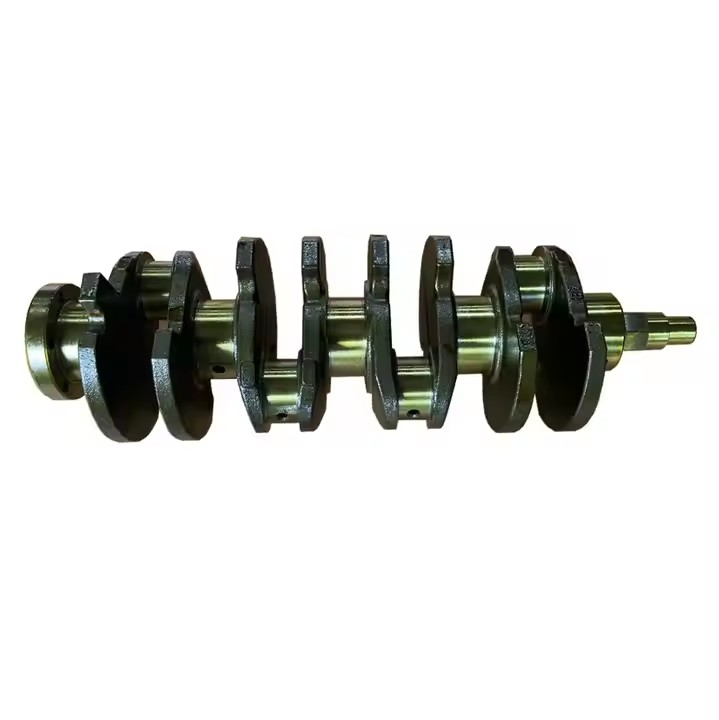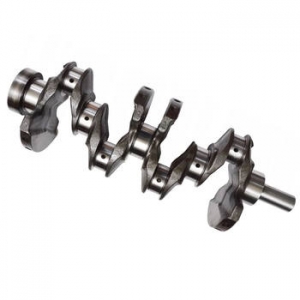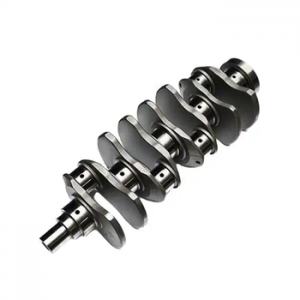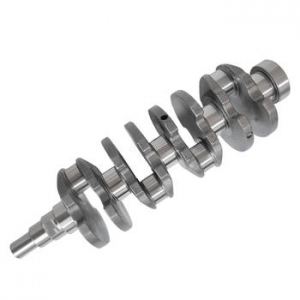Understanding Heat Treatment
Heat treatment is an essential process in crankshaft manufacturing that involves heating and cooling metals to modify their properties, such as hardness, strength, and ductility. The process is carried out to ensure that the finished product meets the required specifications and can withstand the stresses of its intended application. Heat treatment is a crucial step in the manufacturing process, and there are various heat treatment processes used in crankshaft manufacturing, each serving a unique purpose.
Types of Heat Treatment Processes
Normalizing
Normalizing is a heat treatment process that involves heating the steel above its critical temperature and then cooling it in air. This process refines the grain structure of the steel and improves its mechanical properties, making it an ideal choice for crankshafts made of low to medium carbon steels. Normalizing helps to increase the toughness and strength of the steel, making it more durable and less prone to breakage.
Annealing
Annealing is a heat treatment process that involves heating the steel and then cooling it slowly. This process reduces the hardness and increases the ductility of the steel, making it more malleable and easier to work with. Annealing is typically used on crankshafts that are made of high carbon steels. It is also used to relieve internal stresses that may have been introduced during the manufacturing process. This can help to prevent cracking and other defects that may occur during use.
Quenching and Tempering
Quenching and tempering is a heat treatment process that involves heating the steel above its critical temperature, quenching it in oil or water, and then tempering it at a lower temperature. This process increases the hardness and strength of the steel while also improving its toughness. Quenching and tempering are typically used on crankshafts that are made of high-alloy steels. These crankshafts require superior mechanical properties to withstand the high stress and loads they will encounter in use.
Advantages of Heat Treatment Processes
Heat treatment processes offer several advantages in crankshaft manufacturing. They improve the mechanical properties of the steel, increase its durability, and enhance its performance. Heat treatment also allows for the production of complex shapes and geometries that would be difficult or impossible to achieve through other means. Additionally, heat treatment can be used to correct defects that may have been introduced during the manufacturing process, ensuring that the final product meets the required specifications.
Choosing the Right Heat Treatment Process
Choosing the right heat treatment process for crankshaft manufacturing is critical to achieving optimal performance. The choice of heat treatment process depends on several factors, including the type of steel being used, the intended application of the crankshaft, and the required mechanical properties. It is essential to consult with a heat treatment expert to ensure that the correct process is selected for your specific needs. By working with an experienced heat treatment expert, you can ensure that your crankshafts are manufactured to the highest standards, providing superior performance and reliability.





